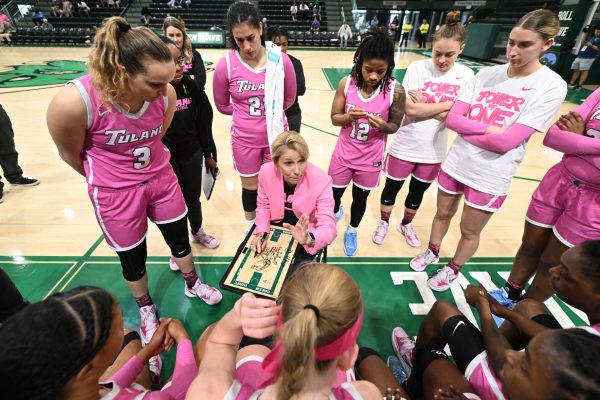New Orleans housing policies denies economic mobility to poorest
New Orleans is in the midst of a crisis that has already engulfed many major American cities, but it’s not the type of crisis typically imagined. This crisis concerns affordable housing, and it is forcing the citizens that form the city’s cultural backbone out of their multi-generational residences.
Rewind to the creation of the Iberville Projects, one block outside of the French Quarter, which were originally designated for white residents. Now fast-forward to the early 2000s, and you would be hard pressed to find a single trace of the Irish-Italian inhabitants of the 1940s. What happened?
One answer might lie in an understanding of the Federal Housing Authority’s ability to grant or refuse mortgages in certain areas and communities, a practice that has underscored federally-led housing segregation efforts for decades.
The Federal Housing Authority’s practice of “redlining” not only neglects to give housing loans out to African-Americans, but it also fails to give housing loans out to individuals who live near an “at-risk neighborhood.” As a result, residents of the all-white Iberville housing projects were able to receive loans that allowed them to migrate to higher-opportunity neighborhoods, and they’ve since come to dominate much of New Orleans’ modern aristocracy. The vacancies were filled by some of New Orleans’ impoverished African-American residents.
The effects of the FHA’s redlining policy are still lingering. There has been a consistent growth in the percentage of Americans living in extremely poor neighborhoods since the beginning of the 21st century, with 2.2 percent of Americans living in extremely poor neighborhoods in 2000 and 4.4 percent in 2014.
Wondering how this interacts with race? According to a study by Patrick Sharkey titled “Neighborhoods and the Black-White Mobility Gap,” during the height of the Civil Rights Movement, from 1955-1970, 62 percent of African-Americans lived in poverty, while four percent of whites lived in poverty.
A few decades later, from 19850-2000, 66 percent of African-Americans and 6 percent of whites lived in poverty. What’s worse, according to Starkey, children who grew up in a middle-class neighborhood but whose mothers grew up in a lower-class neighborhood, attained, on average, an IQ score of 2 points higher than their mothers. This was still 6 points lower than the IQ score of middle-class children whose mothers also grew up in middle class neighborhoods, suggesting that the availability of affordable housing in communities has immense effects on the educational outcomes of those communities, even generations later.
If you came to study in New Orleans because it has given birth to more music than the rest of Western Hemisphere has to offer, because nearly every great American writer has spent time within its rustic city limits or just because you wanted a great education, recognize that you are not absolved to stand idly by while cultural diversity is expelled from this great city. Chase that down with your bottomless Mimosas this Sunday morning over brunch.
This is an opinion article and does not reflect the views of The Tulane Hullabaloo. Austin is a senior at Newcomb-Tulane College. He can be reached at [email protected].
Your donation will support the student journalists of Tulane University. Your contribution will allow us to purchase equipment and cover our annual website hosting costs.
















Leave a Comment